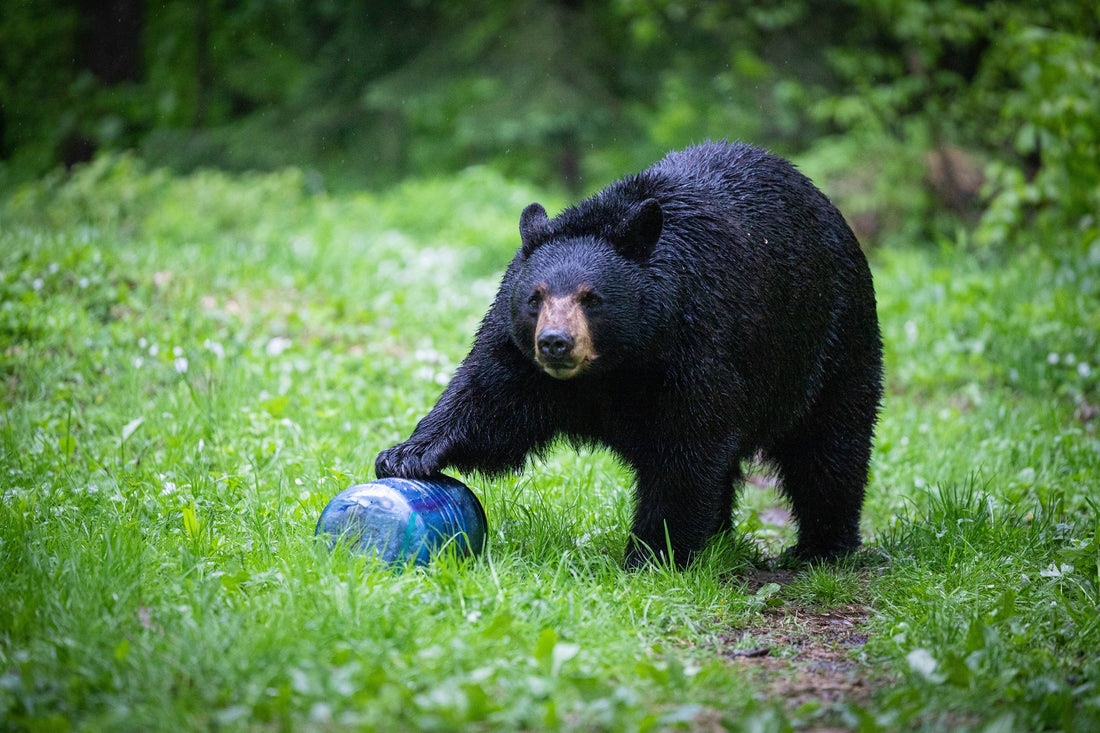
Will Bear Canisters Ever Go Ultralight? Maybe.
BY ASH CZARNOTA
I’m not a fan of bear canisters. I know they’re a necessary evil, and I’ll continue to use a canister wherever they’re required, but that doesn’t mean I have to like them. They’re bulky and heavy, and why didn’t anyone warn me it’d be impossible to open my screw top lid in the cold? If tents, packs, and poop trowels can get an ultralight glow up, why not bear canisters?
Bears aren’t especially picky eaters; they’ve been known to gorge on candy bars, dog food, and several pounds of cocaine. When bears get into hikers' food, they start seeing humans as a food source, which can lead to dangerous encounters with people. Sadly, this often ends in the bear being killed. When used properly, bear canisters can minimize these negative encounters. Their heavy and unwieldy form is by design. After all, they need to be able to handle the 800 PSI of force a black bear can exert with its jaws.
The BV500 Journey by Bear Vault is one of the most widely used bear canisters on the market. Weighing a hefty 40 ounces, the BV500 is made from dense polycarbonate and can comfortably hold about a week's worth of food if you’re flying solo. Favored by ultralight hikers, the Bearikade Weekender is crafted from carbon fiber—five times stronger and 40% lighter than polycarbonate—and weighs 31 ounces, over a half pound lighter than the BV500, making it the lightest hard-sided canister on the market. Sounds like a no-brainer if you live to count ounces, but carbon fiber products don’t come cheap. The production process eats up a lot of time, energy and money which contributes to the Weekender’s steep $359 price tag, compared to $95 for the BV500.
Every year, outdoor brands unveil new carbon fiber gear that gets lighter with each iteration, but is there a material that could eclipse carbon fiber in strength and, more importantly, weight? Possibly. Graphene (not to be confused with Graflyte) is a material that’s derived from graphite and is made up of pure carbon. It’s 200 times stronger than steel, yet extremely lightweight and flexible. Researchers have found that adding a minuscule amount of graphene to carbon fiber yields an astonishing 225% increase in strength and 184% improvement in stiffness over conventional carbon fibers.
That said, graphene is still primarily in the experimental stage, and the technology for mass-producing it on a consumer scale is a ways off. But with time, this miracle material could find its way into bear canisters, resulting in a stronger, cheaper, and lighter option to keep your Snickers stash safe from prying paws.







